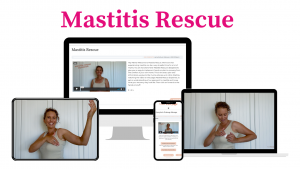Oh no! Not a bleb!
Breastfeeding is an incredible journey, but it can come with its fair share of challenges. One such challenge that many nursing mothers face is the development of milk blebs, also known as nipple blisters or white spots. Though they can be painful and frustrating, understanding what they are, what causes them, and how to manage them can help make the breastfeeding experience smoother and more comfortable.
What are Milk Blebs?
A milk bleb is a small, white or yellowish spot that appears on the nipple. It occurs when a thin layer of skin grows over a milk duct opening, trapping milk underneath. This trapped milk forms a small blister or bubble. Milk blebs can range in size and may cause varying levels of discomfort—from a mild annoyance to sharp pain, especially during breastfeeding or pumping.
Blebs are different from clogged ducts, though they can sometimes occur alongside each other. A clogged duct usually happens deeper within the breast, while a milk bleb is localized to the surface of the nipple.
What Causes Milk Blebs?
Several factors can contribute to the formation of a milk bleb, and they often stem from issues related to milk flow and breastfeeding mechanics:
- Blocked Milk Ducts: A blocked duct can cause a backup of milk, which may lead to a bleb forming at the nipple.
- Poor Latch or Nipple Trauma: If a baby isn’t latching properly, it can lead to irritation or injury to the nipple, which may cause skin to grow over the milk duct, leading to a bleb. This includes the fit of your pump flange my friends! We have great info on flange fit right here!
- Oversupply or Engorgement: When there’s an oversupply of milk or the breasts become engorged, it can increase pressure in the milk ducts, causing a blockage at the nipple’s surface.
- Tight Clothing or Nipple Shields: Constant pressure on the nipples from tight bras, nipple shields, or even poorly fitted pump flanges can obstruct milk flow and cause a milk bleb.
- Scar tissue: from recurrent blebs in the one spot - what a pain! Don't worry, we have some things to try below so keep reading!
Did you know? Blebs mostly occur from a preceding blocked duct! Have a think. Did you recently have a swollen area in your breast, even for a short time?
Symptoms of a Milk Bleb
The most common symptom of a milk bleb is a painful, white, or yellowish spot on the nipple. The pain may be sharp, especially when the baby latches onto the breast or while pumping. Some women describe the pain as burning or stabbing, and the discomfort can persist between feedings. If the bleb is left untreated, it can lead to further complications like a clogged duct or mastitis (breast infection).
BE KIND!
Repeatedly "unroofing" the bleb (ie. taking the top off at the nipple surface), can be detrimental as it promotes more inflammation and can result in permanent scarring. Attempting to squeeze out a bleb can cause tissue damage and bleeding. It's NOT a good idea!
Managing a Milk Bleb
Thankfully, there are several ways to treat a milk bleb at home:
- Warm Compresses: Applying a warm compress or taking a warm shower before breastfeeding can help soften the skin and encourage the bleb to clear on its own. The heat helps to loosen any dried milk trapped beneath the surface.
- Gentle Exfoliation: After a warm compress, gently rubbing the nipple with a clean, damp washcloth can sometimes remove the thin layer of skin covering the bleb. Be sure to use a gentle touch to avoid further irritation. This is not vigorous unroofing, it is almost more like "coaxing". If it doesn't work after a rub or two, leave it alone!
- Nursing and Pumping: Regular routine of nursing or pumping can help release the trapped milk and clear the bleb. it may help to moisten the bleb prior to let-down!
- Olive Oil Soak: Soaking the nipple in olive oil on a cotton pad between feedings can help soften the skin and encourage the milk bleb to resolve.
- Lecithin Supplements: This works for some an not for others. A trial-and-error scenario for each individual. Lecithin is a natural supplement that can help prevent milk blebs and clogged ducts by reducing the stickiness of the milk, making it flow more freely. It's particularly helpful for mothers who experience recurrent blebs.
- Sterile Needle: If the bleb doesn’t resolve with conservative measures, a healthcare provider may use a sterile needle to open the bleb and release the trapped milk. It’s important to avoid trying this at home to prevent infection or injury.
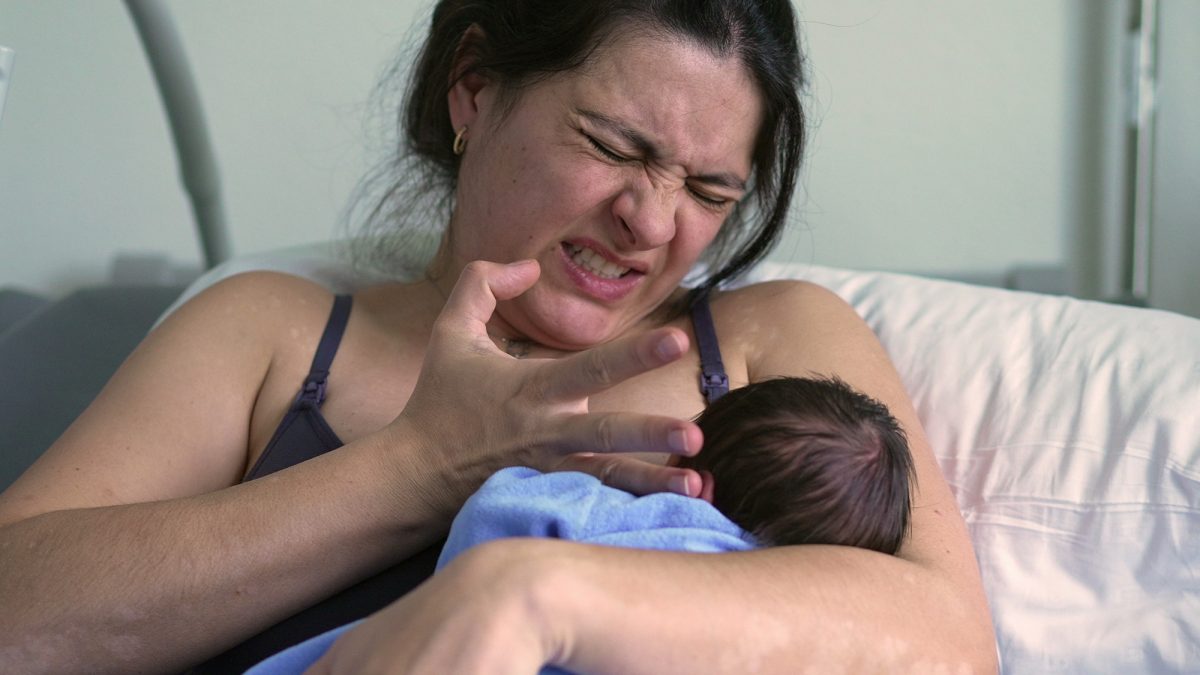
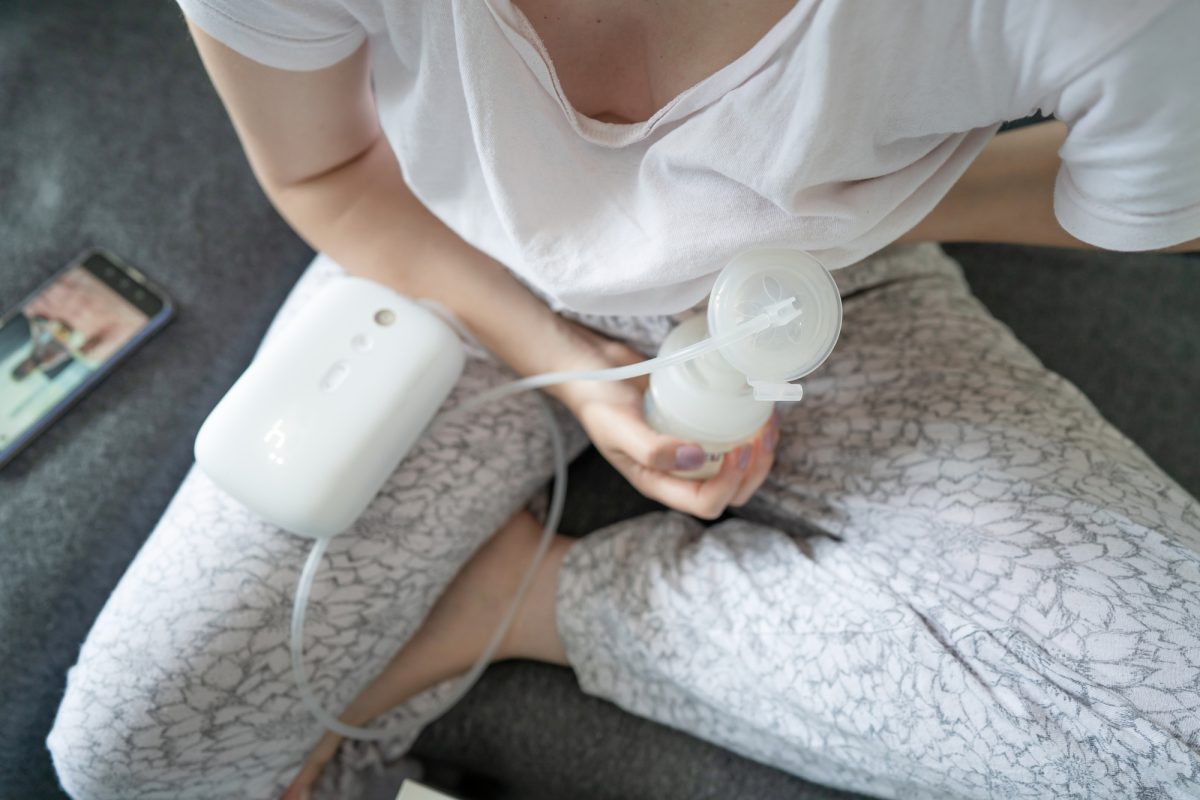
Managing Recurrent Milk Blebs
For some women, milk blebs can become a recurring issue. If you find that you’re frequently dealing with blebs, there are a few steps you can take to reduce the risk of them returning:
-
- Optimize Your Baby’s Latch: Ensuring your baby is latching properly can help reduce nipple trauma and prevent blebs. A lactation consultant can be a valuable resource for assessing your baby’s latch and providing tips to improve it.
- Adjust Feeding Positions: Varying your breastfeeding positions can help ensure all milk ducts are emptied efficiently, reducing the risk of blockages. Try different holds, such as the football hold or side-lying position, to encourage thorough milk drainage.
- Wear Comfortable, Well-Fitted Clothing: Avoid tight bras or clothing that puts pressure on your nipples, as this can contribute to milk blebs. Opt for loose-fitting, comfortable nursing bras instead.
- Learn how to massage to reduce inflammation: This is our world of clinical knowledge, we've taught thousands of parents how to optimise their breast health to reduce issues. Our courses are available HERE for you to learn too!
- Consider Lecithin: If you’re prone to recurrent clogged ducts or blebs, taking a lecithin supplement can help by promoting a smoother milk flow. Speak with your healthcare provider before starting any new supplements.
- Topical Steroid Cream: In cases where the milk bleb is particularly painful or persistent in the same spot, a healthcare provider may recommend using a mild topical steroid cream, such as hydrocortisone, to reduce inflammation and promote healing. Apply the cream sparingly to the affected area, and wipe it off before breastfeeding to avoid transferring any medication to the baby. This approach is especially helpful when there is significant inflammation or swelling around the bleb.
HOW Anti-inflammtory Massage can Prevent Further Blebs
Sounds too good to be true sometimes doesn't it. Well lucky for you this is one way we have been able to assist parents in preventing blebs for this simple reason...
Blebs often occur after a duct has been inflamed (ie. blocked duct, clogged duct, plugged duct). With that inflammation, the actual wall of the duct swell, blocking the ease of milk flow. This can cause milky products to thicken as they sit in waiting for the path to re-open (the swelling to reduce!)
Once the swelling recedes, that thick blobby milk can work it's way through and...oh dear...it gets stuck at the nipple pore and blocks up, forming that white pimple or blister you will recognise as the bleb.
Now, let's talk prevention with massage!
Massage using the right techniques can assist the natural flow of inflammation away from the blocked duct. The sooner the inflammation goes down, the less time there is for the cloggy milky products to build and therefore less chance of a bleb.
And then using these techniques when your breast is in good health, will assist preventing further swollen ducts because the flow of milk is easier, tissue are more pliable and less vulnerable to causative impacts listed above!
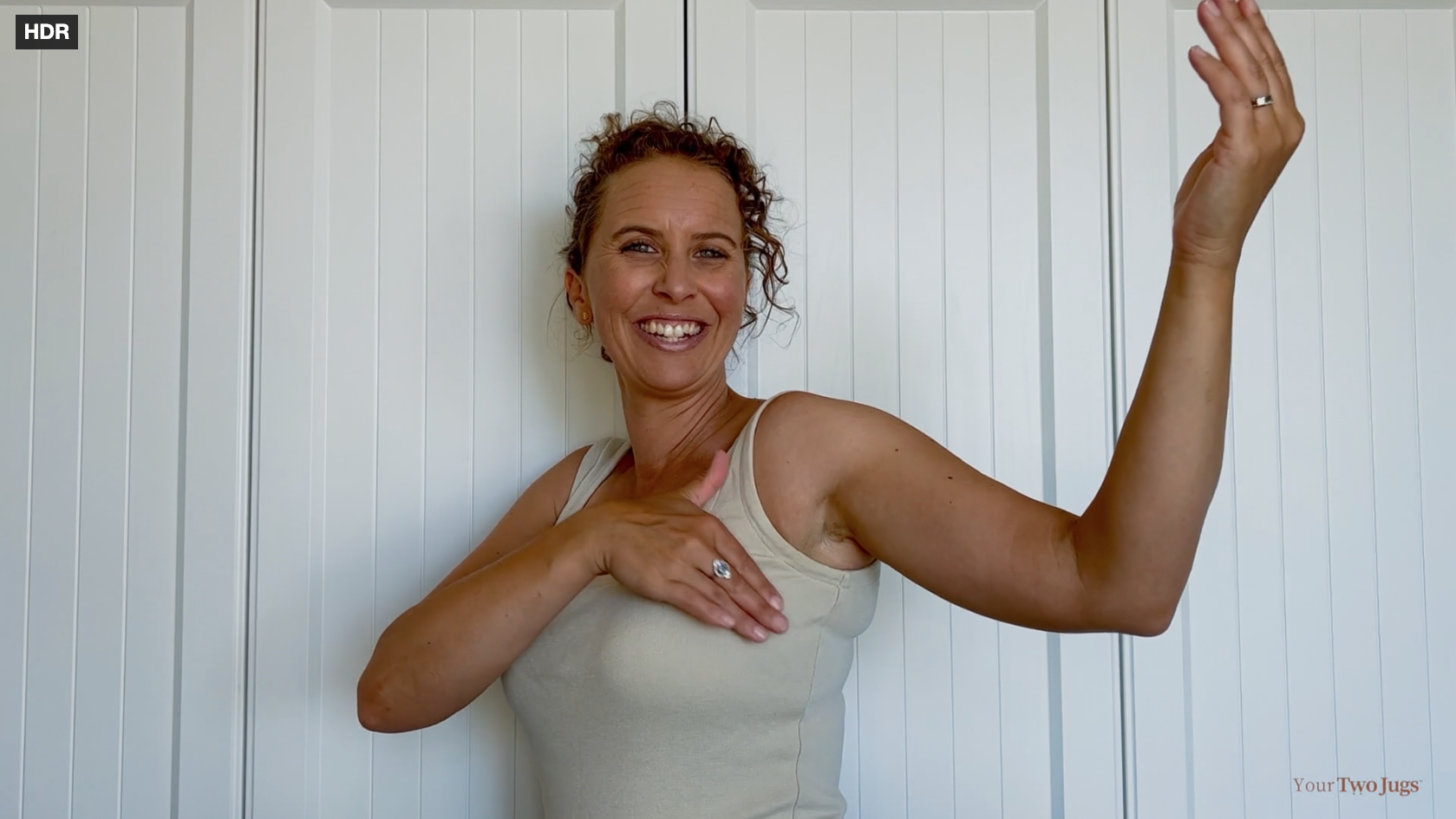
How long to heal?
The time it takes for a milk bleb to heal can vary depending on the severity of the bleb, how soon treatment begins, and whether any underlying issues are addressed, such as latch problems or clogged ducts. Here’s a general timeline for healing:
- Mild Cases: For a minor milk bleb that is treated early with warm compresses, frequent nursing, and other at-home methods, healing can occur within a few days to a week.
- Moderate to Severe Cases: If the bleb is more painful or persists longer, it may take one to two weeks to fully heal, especially if treatment is delayed or if it's associated with an underlying issue like poor latch or recurring clogged ducts.
- Recurrent Blebs: If you’re prone to recurrent milk blebs, healing may be slower due to repeated irritation. In such cases, it may take up to two weeks or more for each individual bleb to heal, especially if proactive measures (such as lecithin supplements or addressing latch issues) aren’t taken.
If using treatments like topical steroid creams, you might see a reduction in pain and inflammation within a few days, but full healing may still take up to a week or more, depending on how frequently the treatment is applied and if other factors (like milk flow) are properly managed.
If a bleb remains unresolved after two weeks of treatment or if it's associated with signs of infection (redness, swelling, fever), it's important to seek medical advice, as it could indicate a need for more specific interventions.
Can I keep breastfeeding?
Yes, you can absolutely keep breastfeeding if you have a milk bleb! In fact, continuing to breastfeed is often one of the best ways to help resolve the bleb. Here’s why and what you should keep in mind:
Why You Should Keep Breastfeeding with a Milk Bleb:
- Helps Clear the Bleb: Breastfeeding frequently helps maintain milk flow and prevents milk from backing up in the ducts, which can make the bleb worse. The baby’s suction during feeding can help dislodge the trapped milk under the bleb and potentially clear the blockage.
- Prevents Clogged Ducts and Mastitis: Regular breastfeeding helps reduce the risk of clogged ducts and mastitis, both of which can occur if milk isn’t emptied properly from the breast. Keeping milk flowing is key to avoiding these complications.
- Maintains Milk Supply: Continuing to nurse or pump regularly ensures that your milk supply stays stable. Stopping breastfeeding for too long could signal to your body to reduce milk production.
And Lastly...
When to Seek Medical Help
While milk blebs can often be managed at home, there are times when medical intervention is necessary. If the bleb is particularly painful, doesn’t resolve with home treatment, or you notice signs of infection such as redness, warmth, or fever, it’s important to reach out to a healthcare provider. Additionally, if recurrent blebs are affecting your ability to breastfeed comfortably, a lactation consultant can provide further guidance and support.
In conclusion, milk blebs are a common but treatable issue that many breastfeeding mothers face. With the right care, they can usually be resolved quickly, allowing you to continue your breastfeeding journey with less discomfort.

Author: Dr Katie Willy
Osteopath & Your Two Jugs Co-Founder
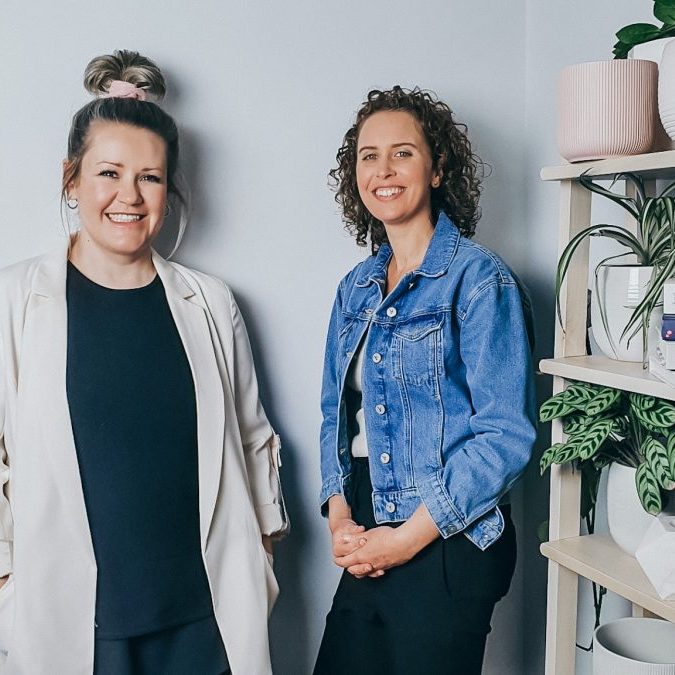
Elise Fuller & Katie Willy
Osteopaths & Your Two Jugs Co-Founders
Elise & Katie are Melbourne based osteopaths who have been actively treating breastfeeding women in clinic since 2015. During 2020 lockdown they launched Your Two Jugs to educate more mamas about how to treat their own mastitis, blocked ducts and engorgement. Their online video based courses Boobology and Mastitis Rescue is available now with all the techniques we show our mamas in clinic.
Your Two Jugs is passionate about support for mamas from the top. Boob Hero is a comprehensive health care practitioner course to educate manual therapists on their contribution to supporting breastfeeding women with hands on care. Empowerment all starts with education, and the more support available for women, the better.


